The Fastest Growing AI Newsletter
Join 200,000+ readers and learn how AI and emerging tech can improve your life in just 3 minutes a day
Start typing to search.
Start typing to search.
Start typing to search.
No topics found.
Start typing to search.
Create Snippets for repetitive text, Add hotkeys to your prompts, save, create and collect new solutions in a simple and minimalist interface.
Read More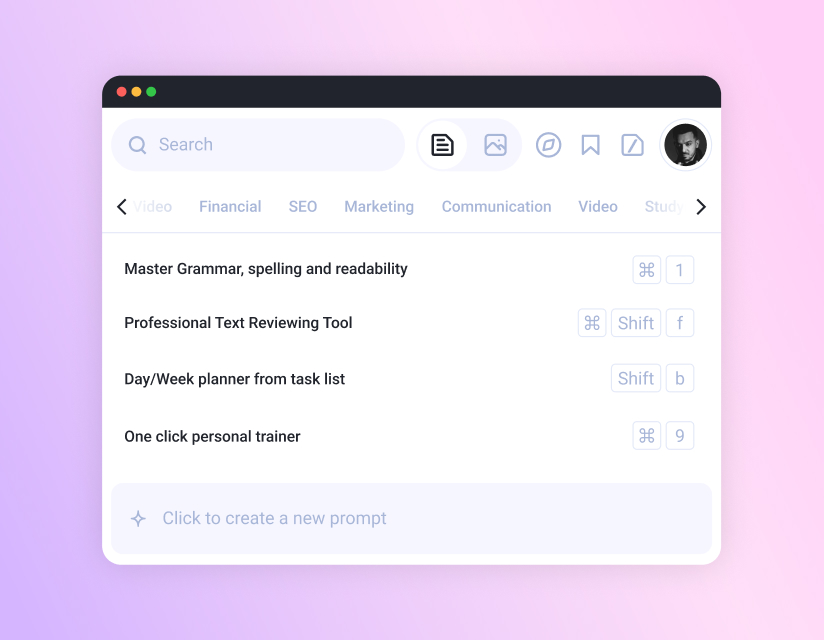
Free and Paid Plans Available
Enjoy a free trial period
All Snack Prompt features directly inside ChatGPT. Create, save, discover and sell prompts without leaving ChatGPT's interface.
Read More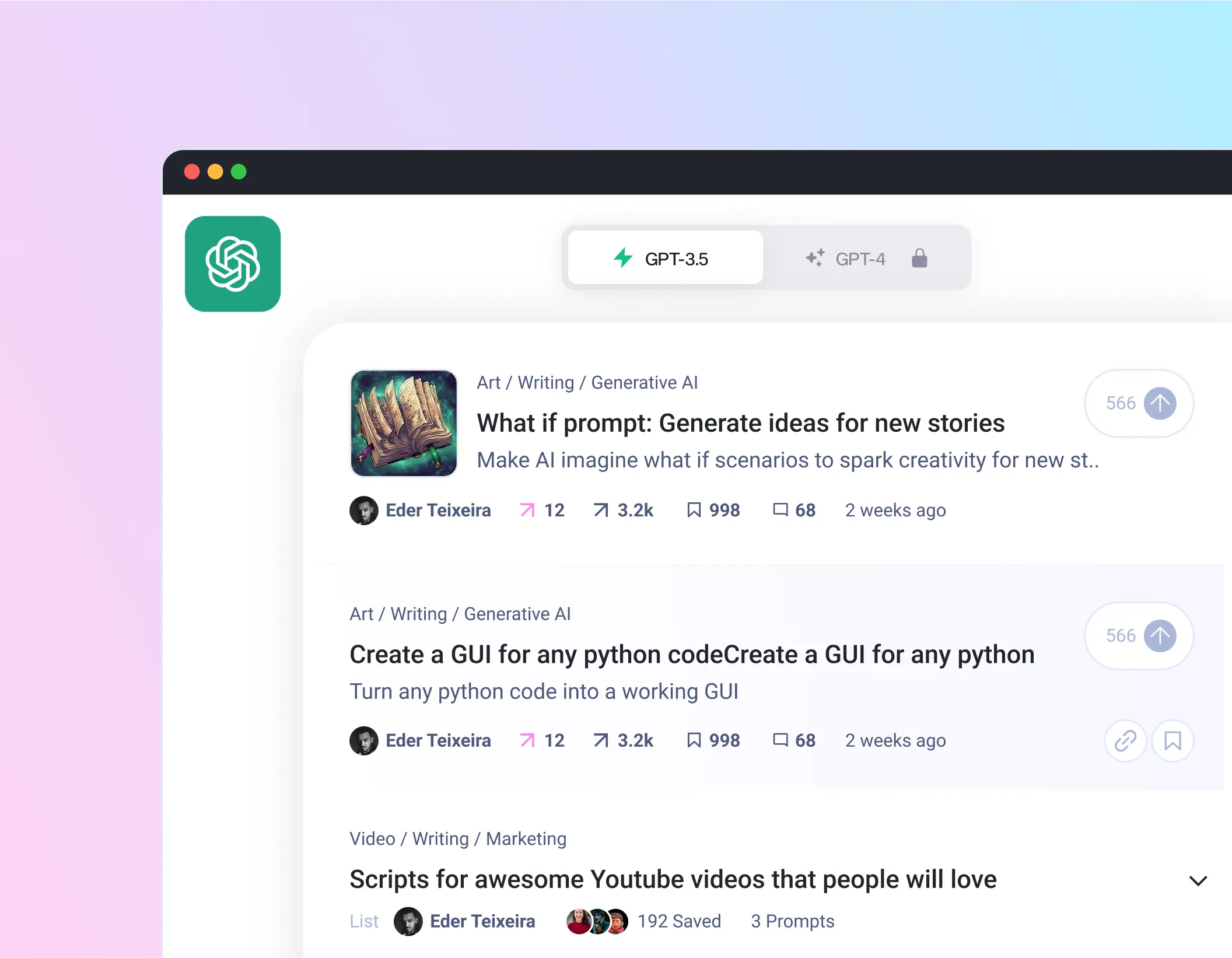
Core Features Free Forever
Enjoy all features with a free version
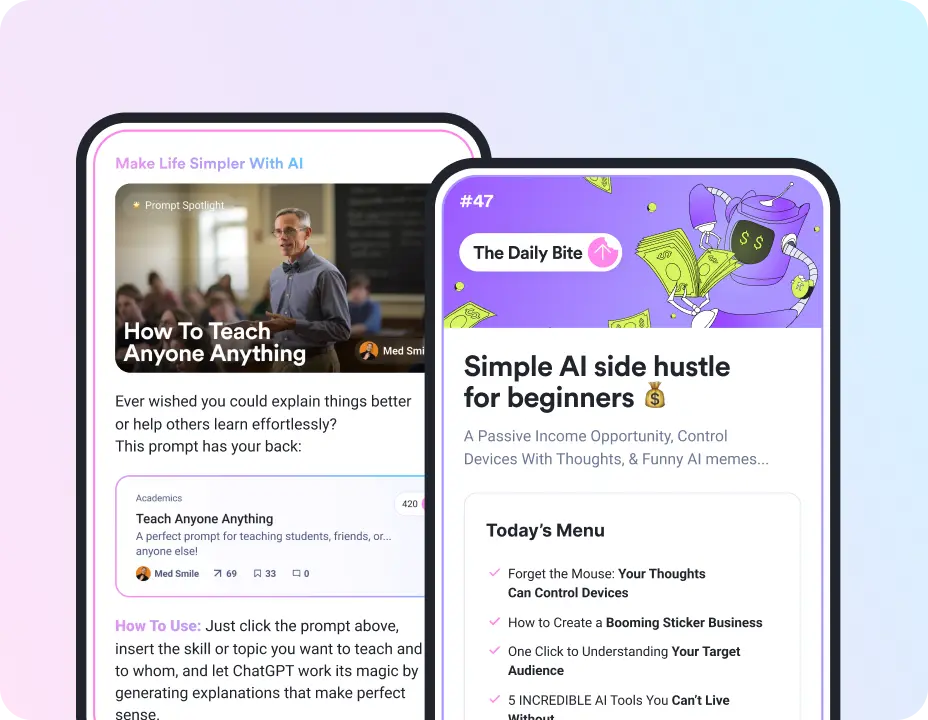
The Daily Bite
Join 200,000+ readers and learn how AI and emerging tech can improve your life in just 3 minutes a day
Read by +200K Professionals Around The World
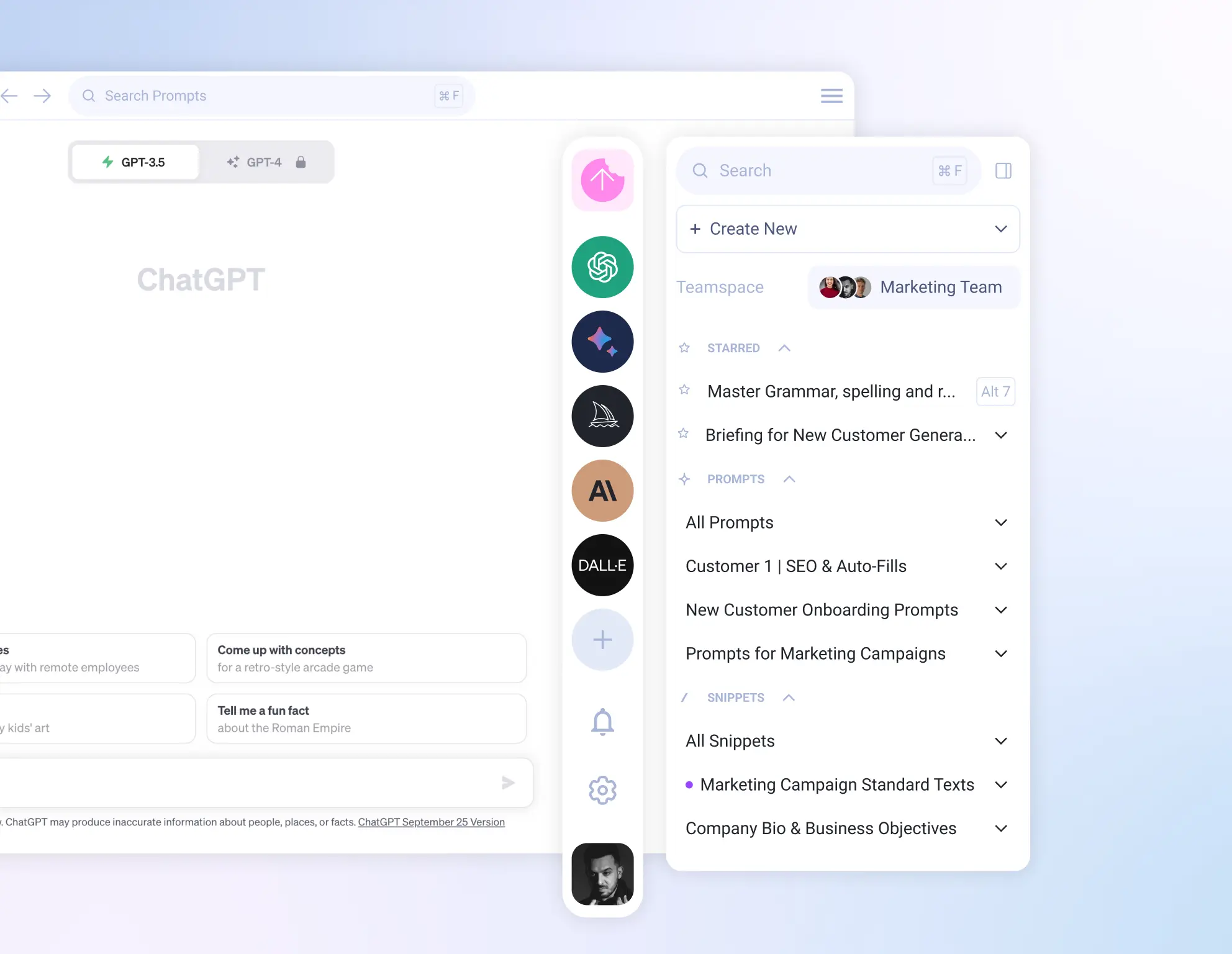
Snack Prompt Desktop
We consolidate LLMs into a user-friendly dashboard, simplifying AI adoption and boosting productivity for individuals & teams
Compatible with
AND MORE COMING...
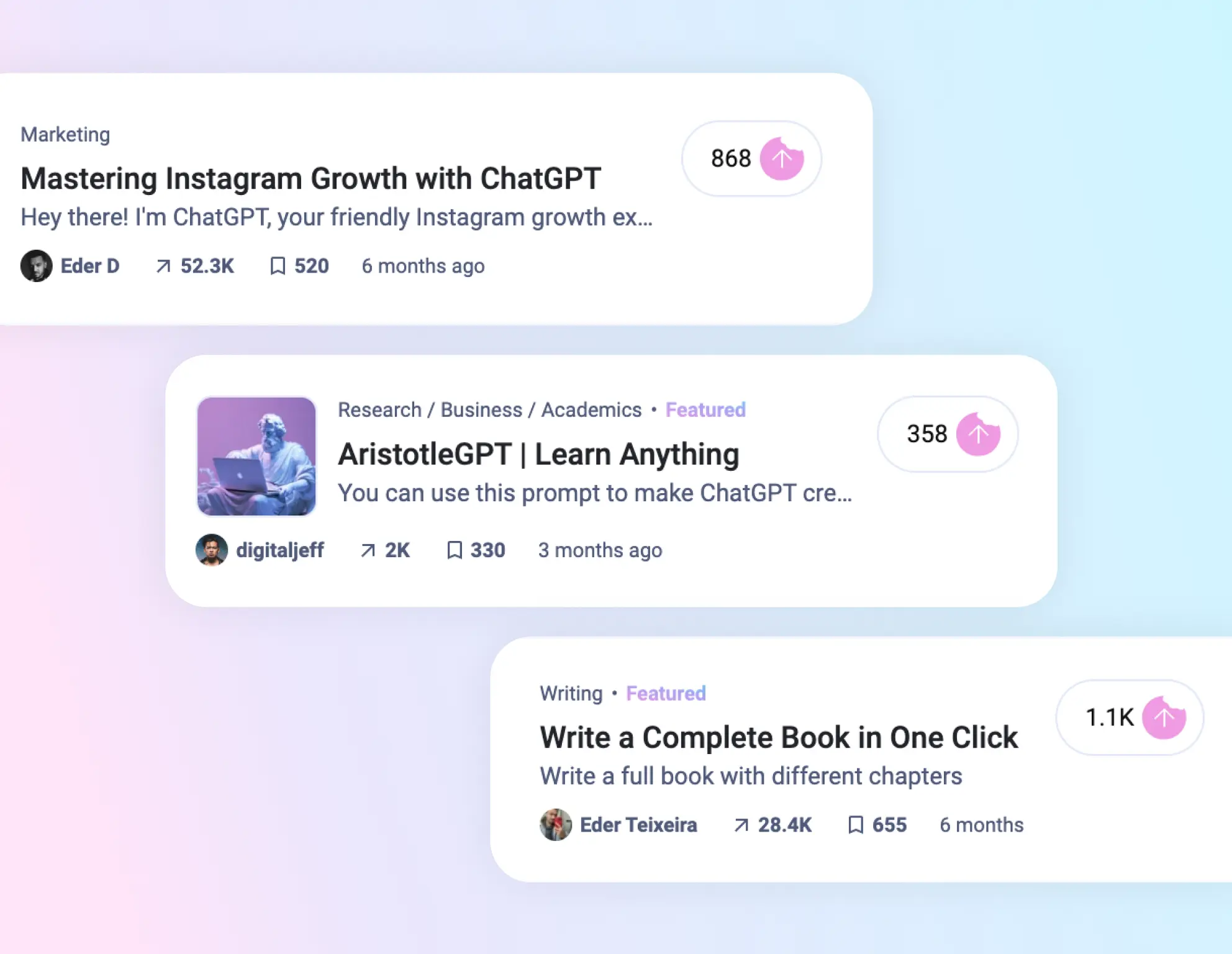
snackprompt.com
The best AI prompts made by the community.